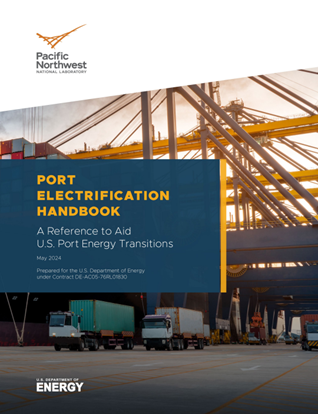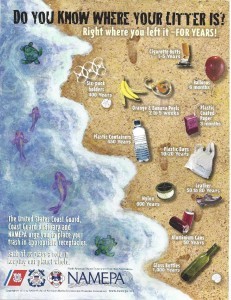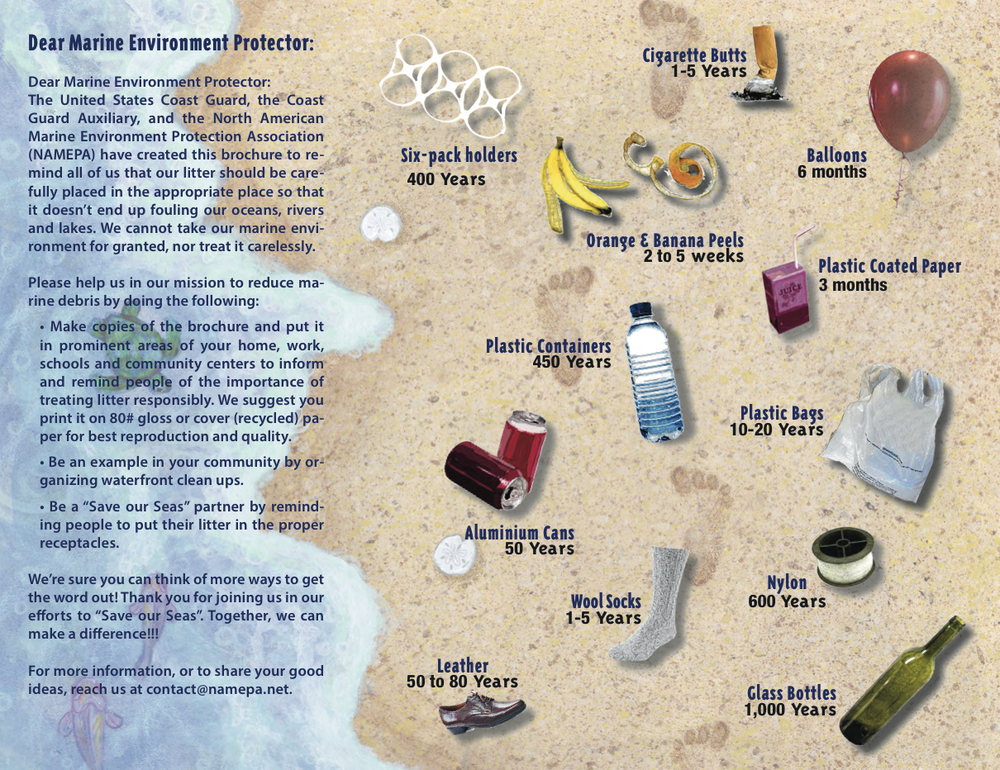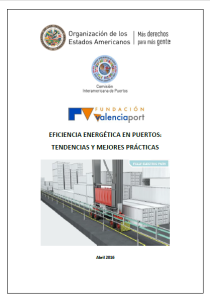Documents and Resources
The Guide to Environmental Certification and Sustainability Reporting for Ports of the Americas is a reference tool offered by the Inter-American Committee on Ports to Latin American ports and terminals to highlight the importance of environmental protection in their business setting. To access the Guide, please click here.

The Secretariat of the Inter-American Committee on Ports (CIP) has created a compilation of best practices on the subject of sustainable port management and environmental protection in collaboration with the General Coordination of Ports and Merchant Marine (CGPMM) of the Mexican Secretariat of the Navy (SEMAR), which has provided the necessary documents for this important activity. To access the compilation, please click here.

Maritime ports are emerging as the new frontier for electrification as advances in clean energy technology are enabling electrification of port infrastructure and charging of heavy-duty vehicles. To aid ports during this energy transition, Pacific Northwest National Laboratory (PNNL) just published a Port Electrification Handbook with support from the United States Department of Energy (DOE), Office of Electricity’s Microgrids R&D Program. The purpose of this handbook is to help port operators and planners evaluate different electrification technologies, understand how these technologies could aid and impact their port and surrounding communities, and to provide step-by-step considerations for port electrification. The handbook covers the entire spectrum from shore power systems and energy storage to renewable energy, and charging infrastructure, along with various end uses, including buildings, refrigeration and cargo handling. To learn more and download the handbook, please click here.
Global non-profit, Carbon War Room and maritime risk experts, RightShip are providing a common platform for Port Incentive Programs. The A to G Greenhouse Gas Emissions (GHG) Rating – available free of charge on GHG Rating | Rightship is an easy-to-use tool containing information on over 70,000 existing vessels.
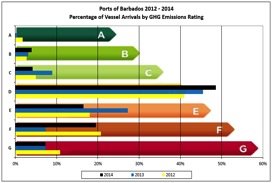
Windy (windy.com) is an online platform and mobile app that provides detailed and real-time weather information. Some of its main features include interactive maps, forecast models, data layers, weather alerts, localized information, and user interface. Windy enables users to make informed decisions and plans based on current and future weather conditions.
To access the platform, please click here.
NAMEPA’s array of educational materials can be utilized by students, educators, parents, seafarers, and industry professionals. The NGSS-aligned guide provides interactive lessons for educators to adapt to their own classroom. Their activity book, flyers, and handouts can be used by anyone to educate others on the marine environment, marine pollution and how to prevent it, and the maritime industry.
The Art Contest is sponsored by the North American Marine Environment Protection Association (NAMEPA), the United States Coast Guard (USCG) and the Inter-American Committee on Ports of the Organization of the American States (CIP-OAS).
We welcome students enrolled in grades K-12 living in the Americas (North America, Central America, South America, and the Caribbean) to submit an original poster. Students living outside the Americas are also welcomed to apply, provided they have one or more parents on active duty with the U. S. Coast Guard.
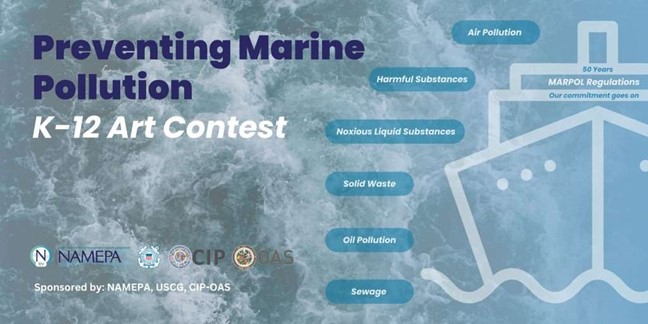
The CIP establishes as one of its priority areas the sustainable management and use on ports, making it compatible with environmental protection. In this context, energy efficiency is set as one of the fundamental pillars in the present and future of the ports, facilitating the achievement of their sustainability. To access the document Energy Efficiency on Ports: Trends and Best Practices, please click here.

